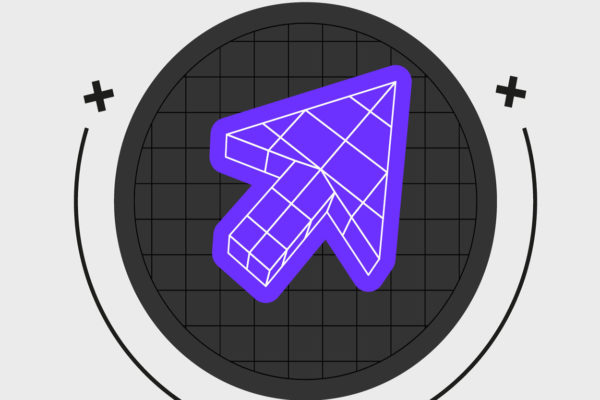-
5 principles for designing in a new era
After every major societal change, there is a significant evolution in design practices. Florian Auger presents his conceptualization of a turning point to be taken.
5 principles for designing in a new era
From the Arts and Crafts era to the Digital Revolution, the history of design has seen many stylistic movements that have responded to the major challenges of their time. These movements have been theorized by designers and thinkers such as Walter Gropius, Le Corbusier, Charles and Ray Eames, Raymon Loewe, Dieter Rams, and Steve Jobs, to name a few.(1)
Today, we are going through a cultural, ecological, political, and economic earthquake. It is therefore perfectly natural that this gives birth to a new stylistic and ideological movement in the history of design.
The Big Change
I will not go back over the analysis of the evolution of consumption patterns, partly because I have already analyzed it in a previous article, but also because each of us witnesses it every day.
For industrial product companies, we observe that the traditional model remains effective thanks to optimized industrial channels and large-scale commercialization. However, it is obvious that the ideological change is underway, and the radical transformation of an entire company is not a realistic option at the moment. Exiting an optimized channel (e.g. plastic industry, Asian production, large distribution, etc.) leads to a significant increase in production costs. If the perceived value is not significantly higher, then the project is not economically viable.
Yet, humans perceive value through two mechanisms: rational and emotional. The mechanism that allows for changes in purchasing behavior on a population scale is of course the emotional mechanism (desire is very powerful, as is fear).
Isn’t creating emotional value the key skill of industrial designers and brand designers?
Each expert has their own skills
Today, economists, scientists, and sociologists have clearly defined solutions for a sustainable future: phasing out fossil fuels, circular economy, functional economy, etc.
This is where designers can intervene, as they always have, to make the present obsolete and the future exciting. We can create abstract value to absorb the necessary increase in production costs. This is probably easier to achieve during an industrial revolution than during a crisis, but it is our challenge.
The 5 principles (work in progress)
Principle 1: Create a brand (or campaign) with a new style and story.
There is no strong product without a strong brand. Don’t justify yourself, create excitement. Your customers won’t sacrifice themselves to save the planet, they’ll buy from you if you’re cooler than what they already know.

With Move to Zero, Nike extrapolates streetwear codes with acid colors and dynamic graphics.

Aigle makes its boots in France, yet their campaigns tell purely emotional stories.
Principle 2: Create a product with a strong storytelling element.
The product must speak to its positioning, and the story must be visible. Highlight new constraints and materials.

The black paint resulting from urban pollution in the latest Renault Scenic concept is much harder to tell than its parts made from milk bottles or upcycled carbon scraps from the aerospace industry that create new textures.
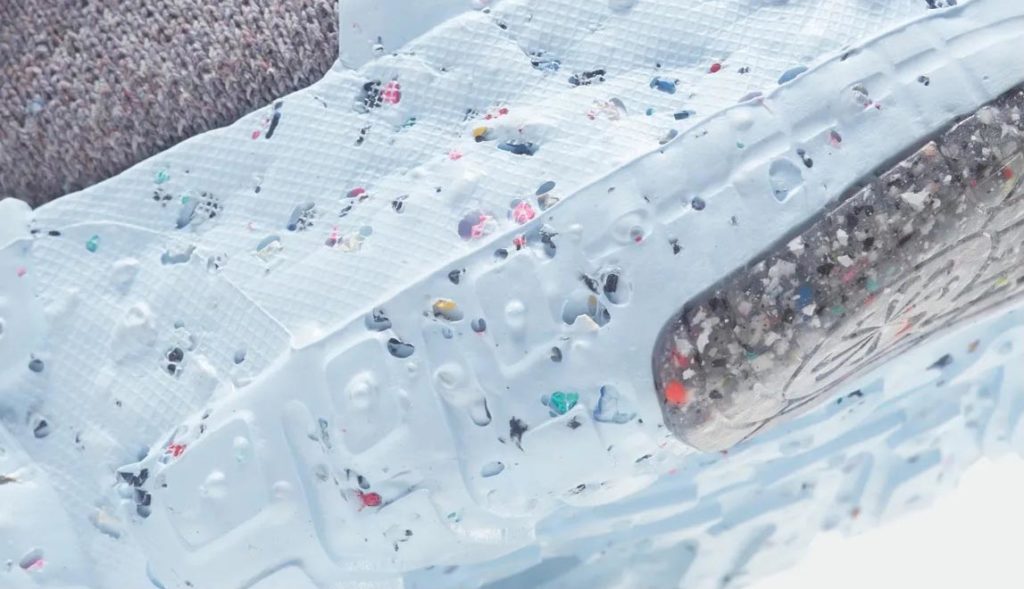
From the Space Hippie model, Nike’s soles loaded with recycled shoes are understood at first glance.
Principle 3: Be the step forward, not the step backward.
Avoid the effect of plaster, basic, poorly finished… Contemporary consumers have quality standards based on large industry. If you don’t tell the right story through your visual language, you’ll only touch a small niche at best.
Avoid presenting yourself as a return to basics, you’ll always look sad compared to competitors who claim immediate pleasure.
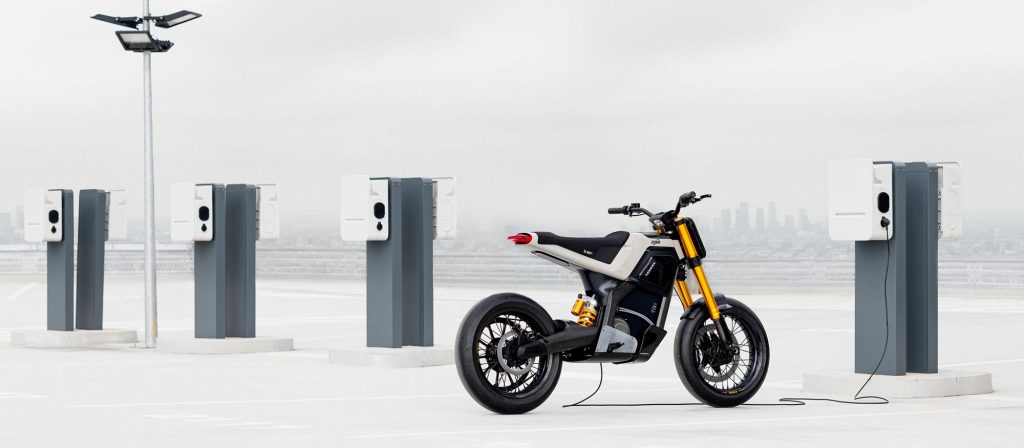
To get the motorcycle market off fossil fuels, DAB Motors had to create an iconic product identity that made thermal power seem outdated.
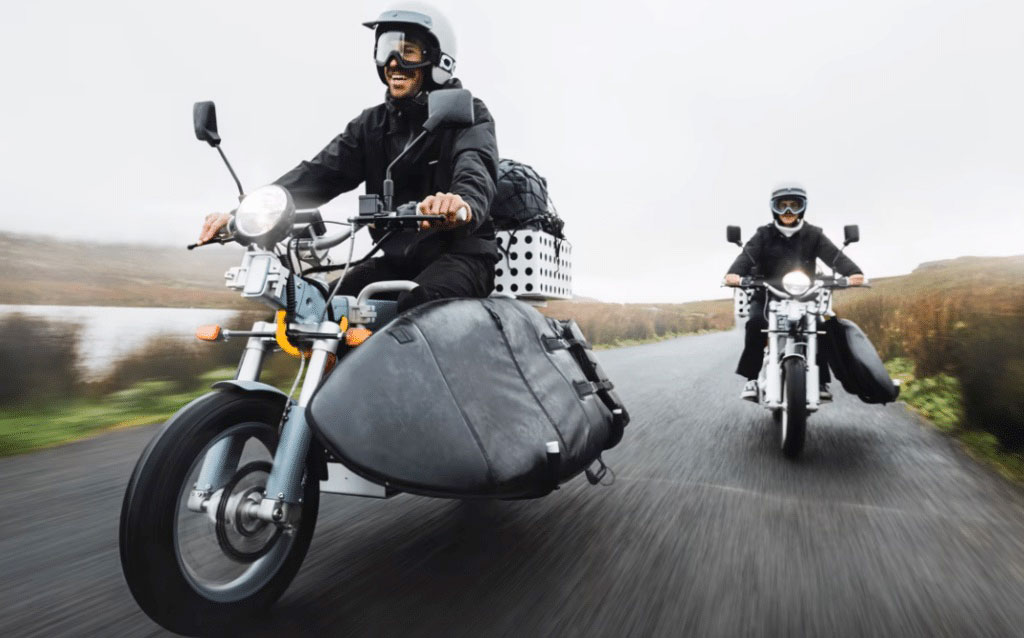
Cake created a new category of motorcycle and a new promise of escape to help people dream of an electric urban two-wheeler.
Principle 4: Be cool for the new generation.
Target the early adopters of your market, remembering that no market rushes to embrace innovation without preparation. If you want everyone to love you, you will be disappointed. Create fame.
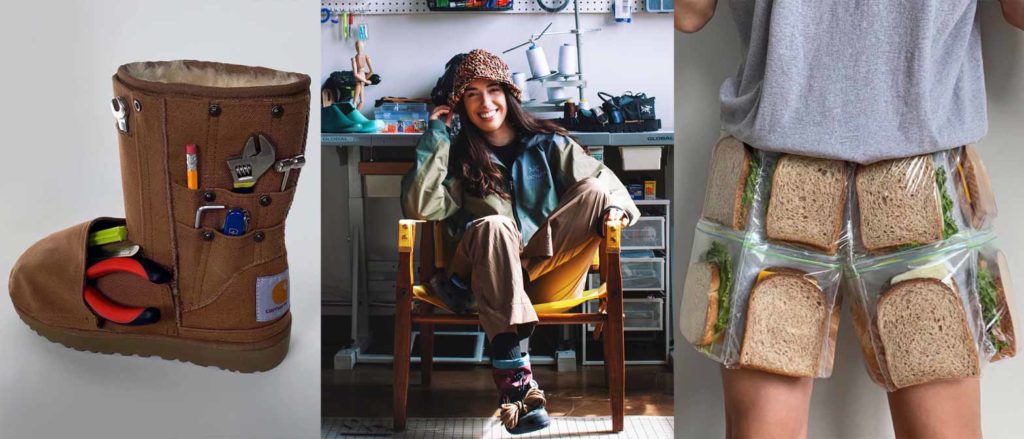
Nicole Mclaughlin became known for her conceptual artistic work around upcycling before signing key collaborations with Arc’teryx.
Principle 5: Be patient, do pilot projects.
Put urgency in perspective to be more effective. The more ambitious your project, the longer it will take for your market to accept it for purchase, but it will be more easily endorsed for its ideology. It is very likely that this project will be attributed to the marketing budget rather than the R&D budget. Working on a concept is never a waste of time.

The collaboration between Adidas and Parley for the Ocean is probably not the brand’s biggest revenue driver. Yet it is still of interest both in terms of storytelling and watchfulness.
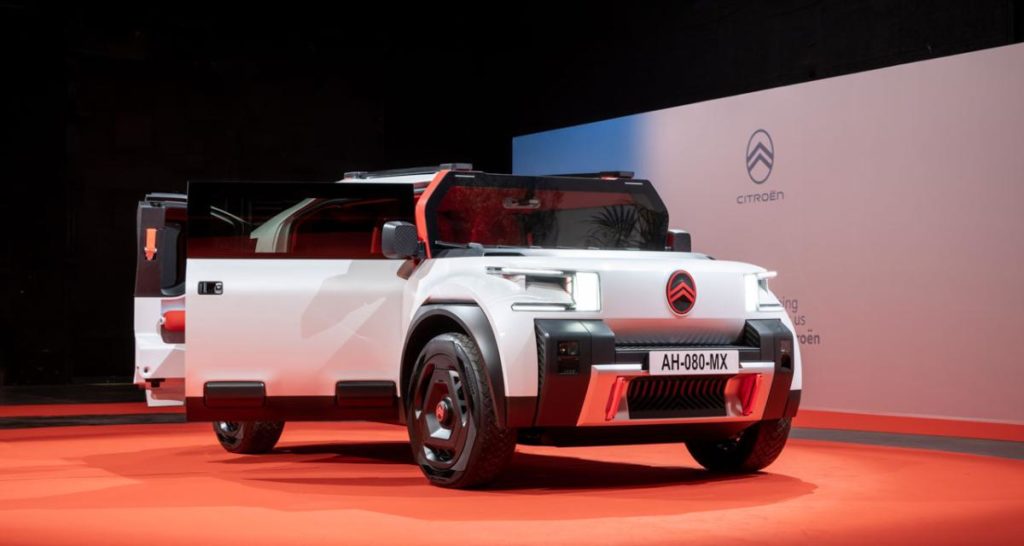
With the Olï concept, Citroën is making a strong impact. The environmental approach leads to a new radical style.
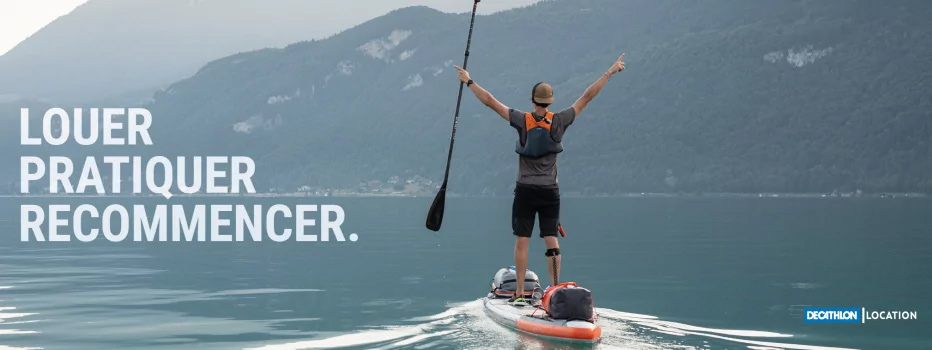
By offering bikes or hiking equipment for rent, Decathlon is preparing to be the first when the market matures.
This list is a snapshot of our research and projects at OUTERCRAFT to date. It will be enriched and refined over time, experience, and encounters to build our new generation of designers.
Join us to build the projects that will define a new era in industrial design and branding…
(1) For an analysis of the history of design under the specter of the social evolution of taste, I recommend Penny Spark, As long as it’s pink – politique sexuelle du gout, T&P Publishing
Photo credits : 1/ Nike.com 2/ Aigle – Packshotmag 3/ Renault.fr 4/ Nike.com 5/ DAB Motors.com 6/ Ridecake 7/ Nicole Mclaughlin 8/ Adidas – Parley – Fashion Network 9/ Citroën 10/ Decathlon
